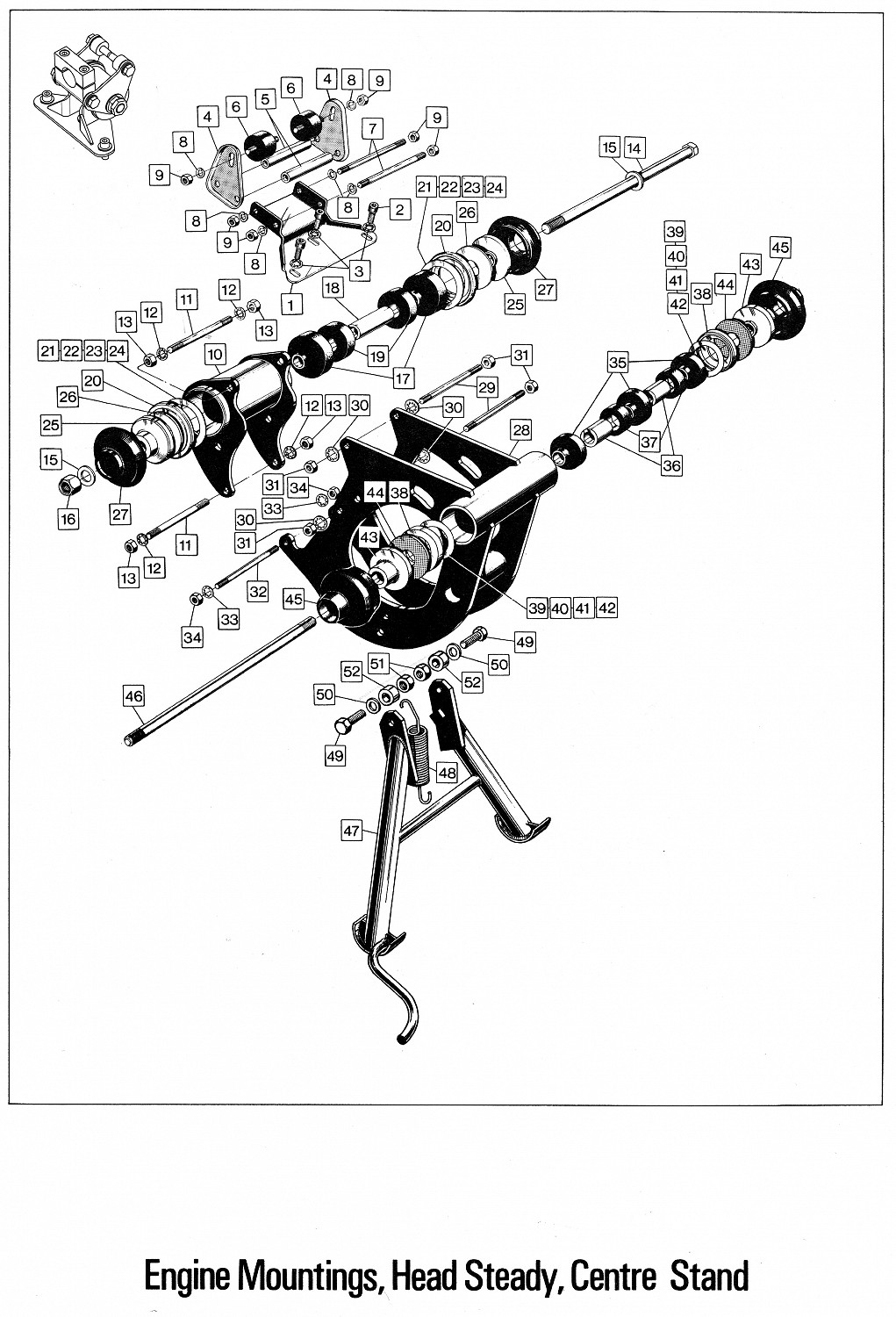Tornado
VIP MEMBER
- Joined
- Dec 5, 2017
- Messages
- 4,957
Ok, Ok, I'll throw this in, back on the topic (and why I originally wondered in here):
Does anyone know of a source for the Mick Hemmings style ISO adjusters now these are no longer available from him? These are pretty simple machining I'd think. The one I purchased was roughly $50 and could be used front or rear. A very good alternative to the MKIII type rear and it didn't need for the rear iso's to come out in order to fit.
Does anyone know of a source for the Mick Hemmings style ISO adjusters now these are no longer available from him? These are pretty simple machining I'd think. The one I purchased was roughly $50 and could be used front or rear. A very good alternative to the MKIII type rear and it didn't need for the rear iso's to come out in order to fit.


